Nikon D5600 vs D7500: which of these enthusiast DSLRs is right for you?
The Nikon D5600 and D7500 APS-C format DSLRs are both aimed at enthusiasts, but which should you get?
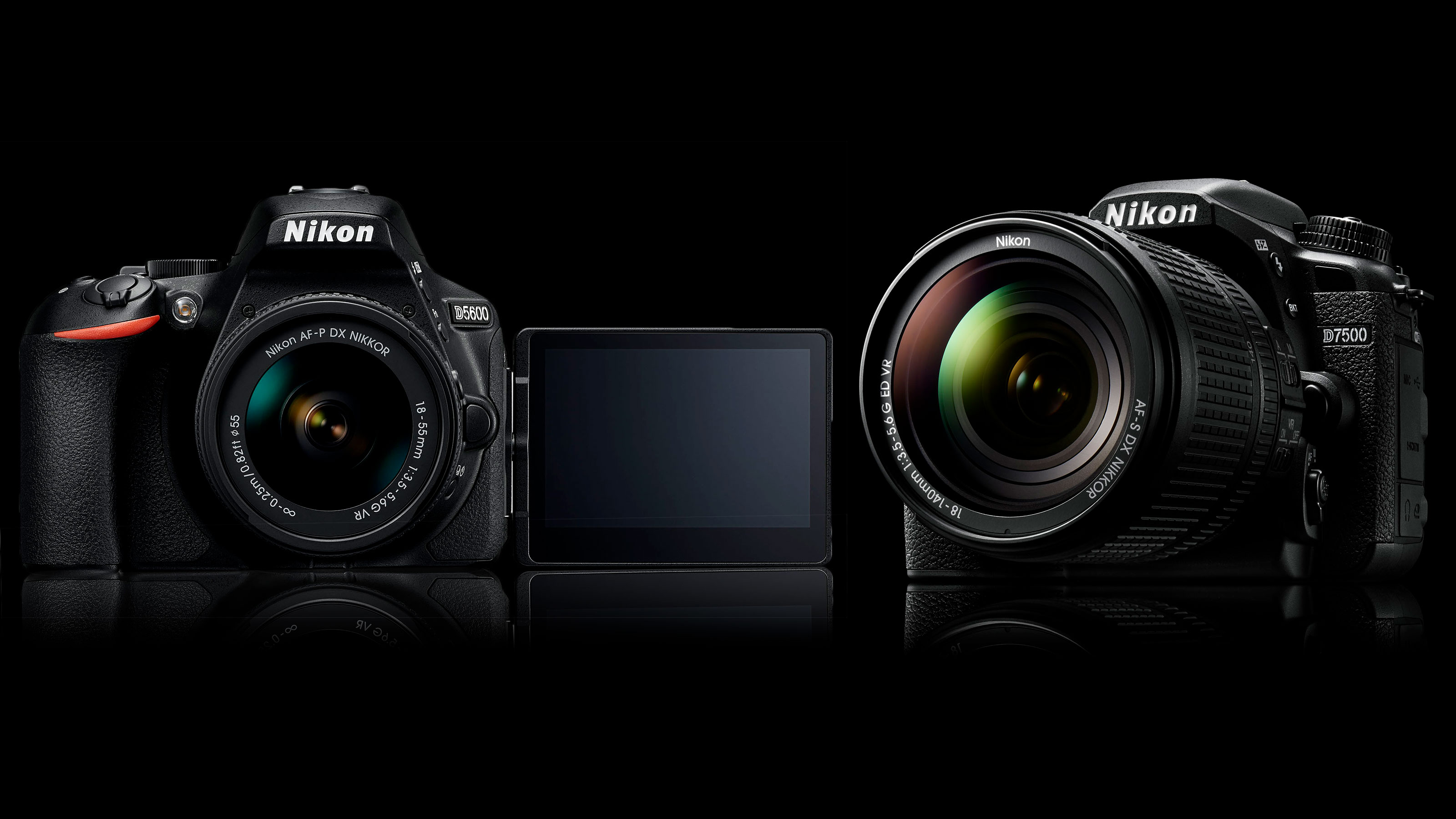
The Nikon D5600 was announced in November 2016 as the replacement for the Nikon D5500 and the D7500 followed a few months later in April 2017 to replace the D7200. Nikon felt it was justified in jumping over the D7300 and D7400 names because the D7500 makes some pretty significant upgrades over the D7200.
The D5600 and D7500 are both APS-C format DSLRs aimed at enthusiast rather than professional photographers, with the D7500 sitting above the D5600 in Nikon’s line-up. However, it’s not simply a case of the higher-level camera being the better option as the D5600 has some attractive features that trump those of the D7500 in some respects.
Let’s take a look at the key differences between the two cameras:
Nikon D5600 vs D7500
Why you can trust Digital Camera World
1. Sensor and processing engine
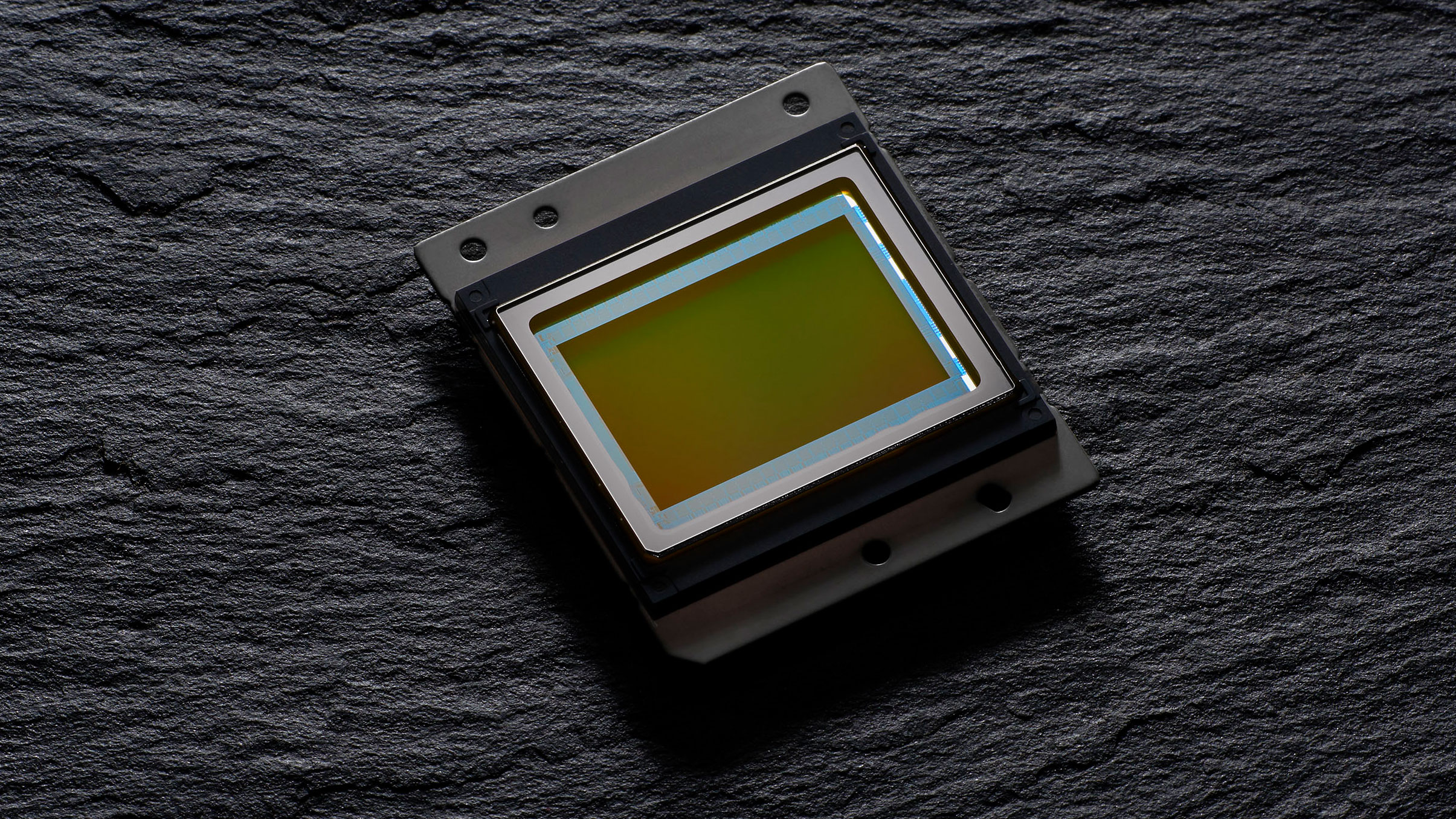
• Nikon D5600: 24.2Mp APS-C (23.5 x 17.6mm) CMOS paired with Expeed 4 processor
• Nikon D7500: 20.9Mp APS-C (23.5 x 15.7mm) CMOS paired with the Expeed 5 processor
While the older Nikon D7200 had the same 24.2Mp resolution as the D5600, Nikon dropped the resolution of the D7500 to 20.9Mp and gave it the same sensor as the D500, the company’s flagship APS-C format camera which is aimed at professional photographers.
In some respects an approximately 16% greater pixel count makes the D5600 the more attractive camera of the two, but the lower resolution of the D7500’s sensor makes it better in low light.
Nikon also coupled the D7500’s sensor with the Expeed 5 processing engine rather than the D5600’s Expeed 4 processor. This combination enables the D7500 to have a native sensitivity range of ISO 100-51,200 that’s expandable to ISO 50-1,640,000. In comparison the D5600’s range is ISO 100-25,600, with no expansion settings. These figures reflect the D7500’s better low-light performance.
2. Autofocus system
• Nikon D5600: 39 AF points including 9 cross-type
• Nikon D7500: 51 AF points including 15 cross-type with one f/8 cross-type
The D7500’s autofocus system is solid and reliable with 51 points giving good coverage across much of the frame. The extra points over the D5600’s mean that there’s more likely to be a focus point where you want one and the camera is a bit better at tracking a moving subject around the frame.
In addition, the 6 extra cross-type points mean that the D7500 is more sensitive and will detect subjects that the D5600 won’t. Helpfully, the f/8 cross type point functions when lens and teleconverter combinations result in a maximum aperture of f/8.
3. Continuous shooting
• Nikon D5600: 5fps
• Nikon D7500: 8fps
Having a faster maximum continuous shooting rate is useful when you’re photographing sport or action because you stand more chance of capturing the decisive moment. With a maximum shooting rate of 8fps, the D7500 is the more attractive of the two cameras for anyone interested in shooting sport on a frequent basis.
4. Screen
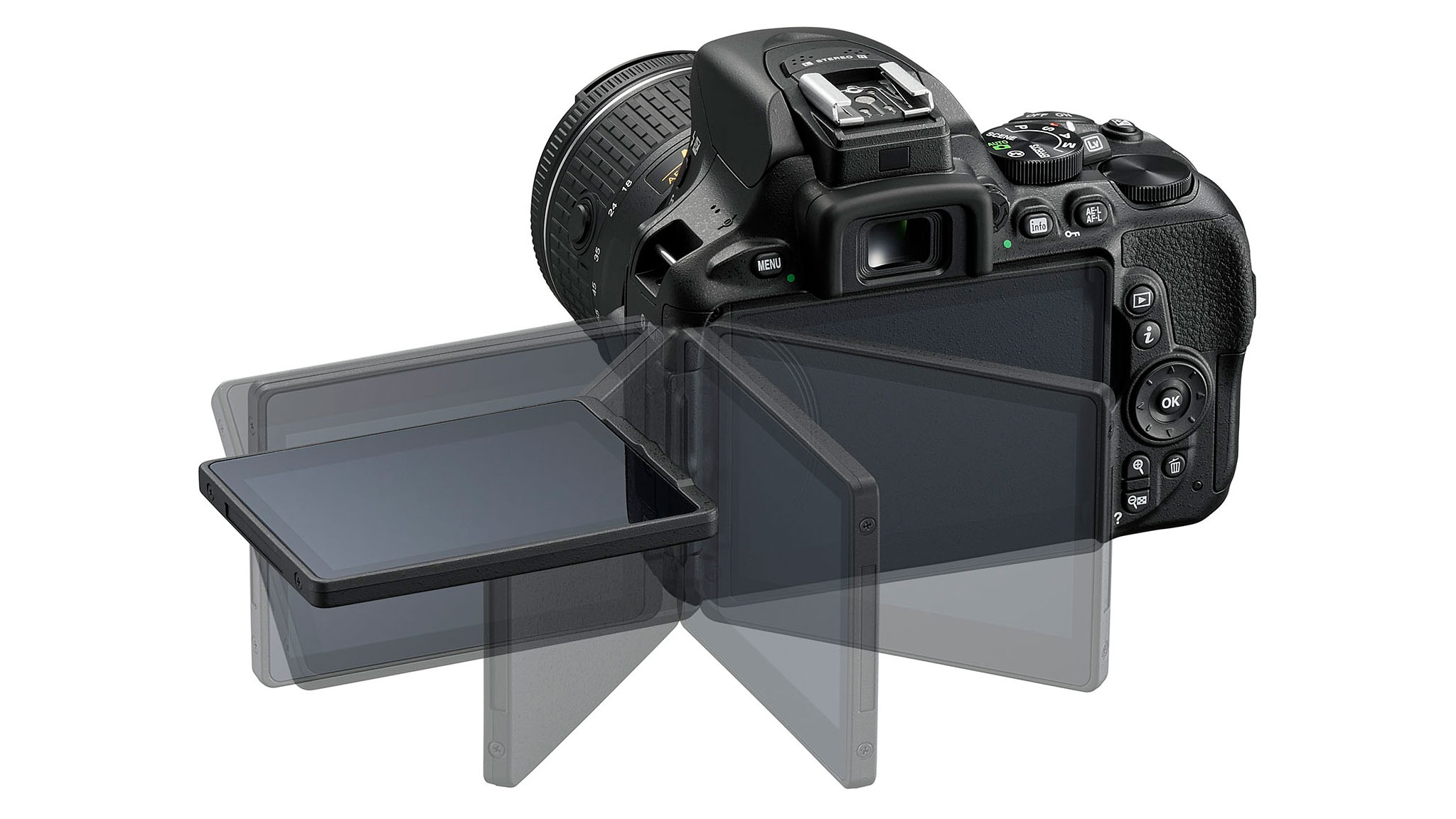
• Nikon D5600: 3.2-inch 1,036,800-dot vari-angle touch-screen
• Nikon D7500: 3.2-inch 922,000-dot tilting touch-screen
The D5600 and D7200 stand out from the crowd by having larger-than-average screens on their backs.
Also, the D5600 distinguishes itself from the D7500 by having a higher resolution screen that’s mounted on a vari-angle hinge. That means that screen can be tilted to give a clear view whether you’re shooting with the camera in portrait or landscape orientation. The D7500’s tilting mechanism only helps when the camera is in landscape orientation.
5. Video
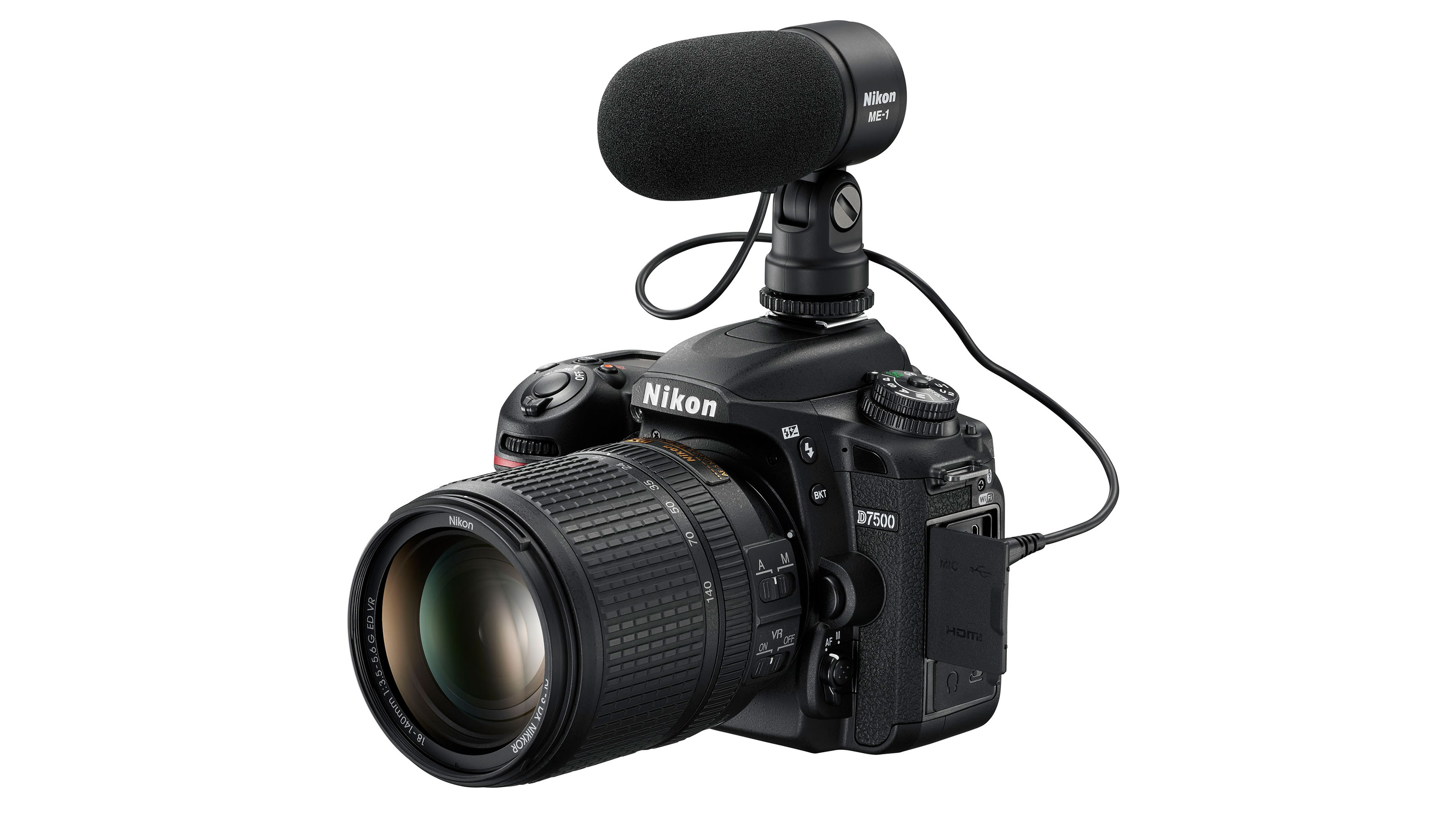
• Nikon D5600: Full HD (1920 x 1080) at up to 60p
• Nikon D7500: 4K (3840 x 2160) at up to 30p, Full HD (1920 x 1080) at up to 60p
The D7500 is the clear winner here as it is capable of shooting 4K video whereas the D5600 is capped at Full HD. However, if you want to create a slow motion video, both cameras allow you to shoot Full-HD video at up to 60p which means you can have half-speed video.
In another win for the D7500, it offers both MOV and MP4 format video while the D5600 only offers MOV.
6. Battery life
• Nikon D5600: EN-EL14a rechargeable Li-ion battery, 970 shots
• Nikon D7500: EN-EL15a rechargeable Li-ion battery, 950 shots
The D5600 and D7500 use different batteries and CIPA testing indicates that you’ll get around 20 shots more from the D5600’s battery than from the D7500’s. However, with a battery life of over 900 images, that’s a very small difference. Mirrorless camera users can only dream of getting so many shots from a single charge.
7. Size and weight
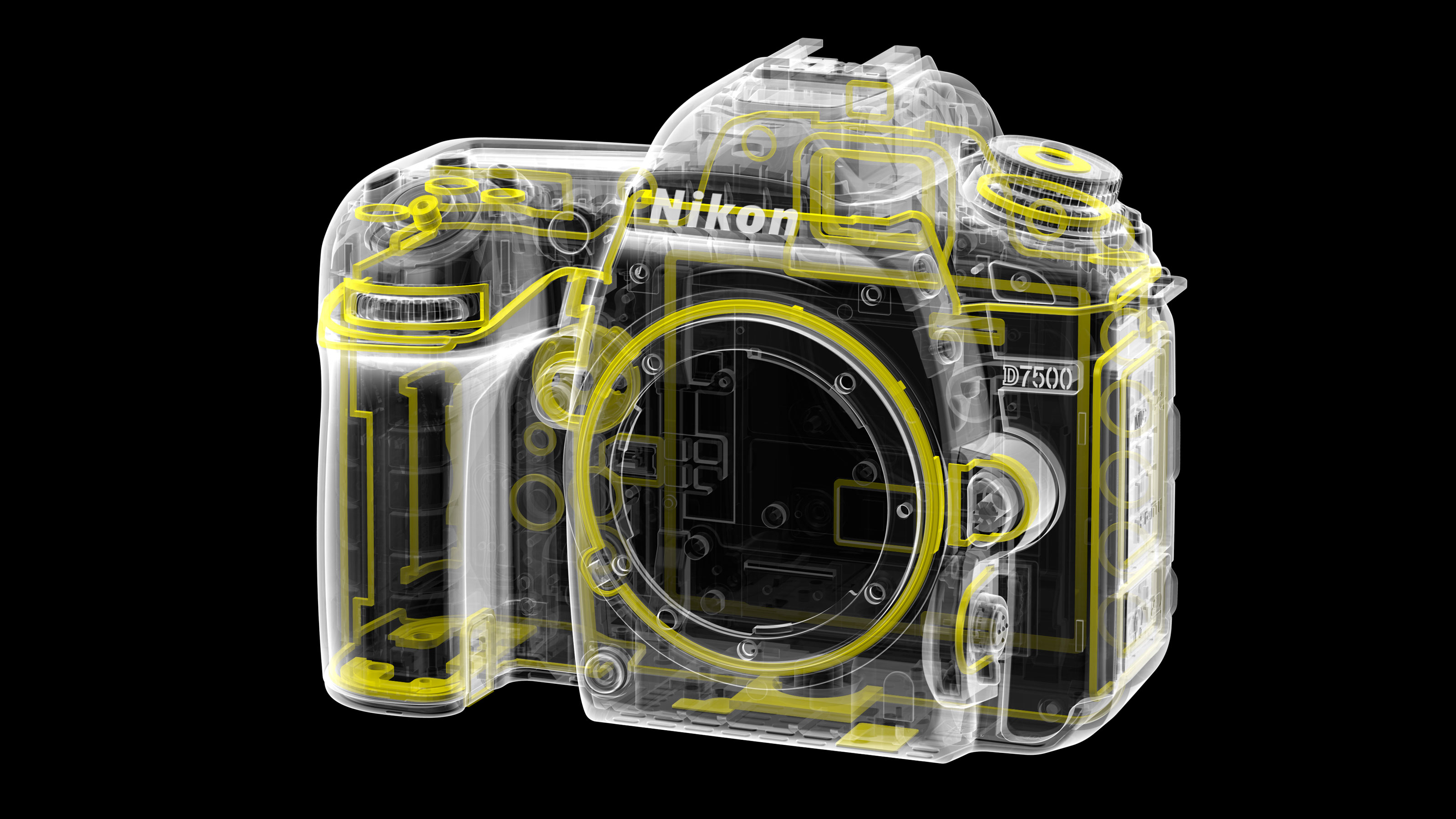
• Nikon D5600: 124 x 97 x 70mm and 465g with battery and card
• Nikon D7500: 135.5 x 104 x 72.5 mm and 720g with battery and card
Nikon uses a monocoque construction for the D5600 and D7500, which means their bodyshells are made from one piece of polycarbonate. That makes them lighter and stronger than they would otherwise be.
The D5600 is significantly smaller and lighter than the D7500, which makes the D5600 more appealing for travel, but the D7500 is more attractive to photographers with larger hands and those wishing to use long lenses.
It’s also worth noting that only the D7500 of this pair is weather-sealed.
Nikon D5600 vs D7500: conclusions
The D5600 is a capable, easy to use DSLR with features such as its 24MpP sensor, vari-angle screen and small size making an attractive, more affordable, alternative to the 20MpP D7500.
However, the D7500 is more advanced, having a better AF system, 4K video, excellent low-light performance and a weatherproof construction that could prove useful for anyone interested in shooting landscape, sport and wildlife in less than ideal conditions.
Both cameras are compatible with Nikon’s extensive range of F-mount lenses and offer features that give you room to grow as a photographer. However, if you can forgive the 3.3Mp lower resolution, the D7500 is a bit more ‘serious’ and will deliver great images in a wider range of situations.
Read more:
• Best Nikon cameras
• Best DSLRs
• Best enthusiast cameras
How we test cameras
We test mirrorless and DSLR cameras both in real-world shooting scenarios and in carefully controlled lab conditions. Our lab tests measure resolution, dynamic range and signal to noise ratio. Resolution is measured using ISO resolution charts, dynamic range is measured using DxO Analyzer test equipment and DxO Analyzer is also used for noise analysis across the camera's ISO range. We use these real-world testing and lab results to inform our comments in buying guides. For compact cameras and phones, we judge on real world handling and photographic results alone.
Get the Digital Camera World Newsletter
The best camera deals, reviews, product advice, and unmissable photography news, direct to your inbox!
Angela has been testing camera gear from all the major manufacturers since January 2004 and has been Amateur Photographer’s Technical Editor and Head of Testing for Future Publishing’s photography portfolio (Digital Camera Magazine, PhotoPlus: The Canon Magazine, N-Photo, Practical Photoshop, Photography Week and Professional Photography magazines, as well as the Digital Camera World and TechRadar websites). She is the founder of SheClicks - a community group that encourages and supports female photographers.

